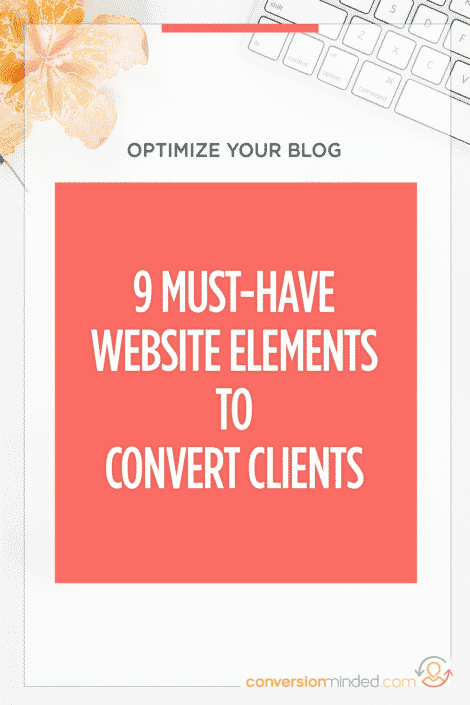

Now that you have a bit more of a grasp of how image SEO works on a larger scale, it’s time to look at some best practices to boost your site’s performance. We’ll be taking a closer look at alt text (and other best practices for image SEO) in the next section. This feature enables users with visual impairments to better understand your pictures. This is especially true if you use alt text to describe your photos. Image SEO can also make your website more accessible. This increased speed can lead to a better UX, improving your visibility in search engines, and impressing your website readers. They want users to be able to quickly find the information they are searching for.īecause of this, optimizing images can make your pages load faster. Google looks at loading speed as an indicator of quality. Slow loading times can also damage your SEO. Large image files can slow down your site, which could drive a lot of visitors away. In many cases, that element will be a photo.įurthermore, PageSpeed Insights may give you some recommendations for image optimization: Your Largest Contentful Paint (LCP) score indicates how long it takes your website to load its largest element. You can test your website with a tool such as PageSpeed Insights.Īs you may notice, images can (and will) affect your site’s score. This is a set of metrics that measure your site’s performance and quality. In 2020, Google launched the Core Web Vitals project. Let’s take a closer look at its impact on your site’s performance. How Does Image SEO Help Your Site?Īs we’ve said, image SEO can be beneficial for your website. Since page speed is a ranking factor for Google, this process can further boost your visibility in the SERPs. For instance, compressing your photos and using the correct image sizes can make your website load faster.

Optimization can also help your photos appear among the top image search results.įinally, image SEO may also help you improve your site’s performance and User Experience (UX). They may, in turn, boost your rankings in the Search Engine Results Pages (SERPs). When done right, image SEO can make it easier for search engine crawlers to understand your content. This process may involve writing alt text, compressing images, or using relevant keywords in your file names. Whether you’re setting up your first WordPress site or conducting an SEO audit, it’s vital to spend some time optimizing your images.

However, photos also contribute to the overall performance of your website. Images make your site more visually attractive while breaking down your content into digestible sections. Then, we’ll share some practical tips for optimizing your pictures. In this post, we’ll take a closer look at image SEO and how it can help your WordPress site. For optimal website performance, you’ll also need to work on your image SEO. However, it’s not enough just to use keywords in your posts and write eye-catching meta descriptions. You may already know how Search Engine Optimization (SEO) works and why it’s important.


 0 kommentar(er)
0 kommentar(er)
